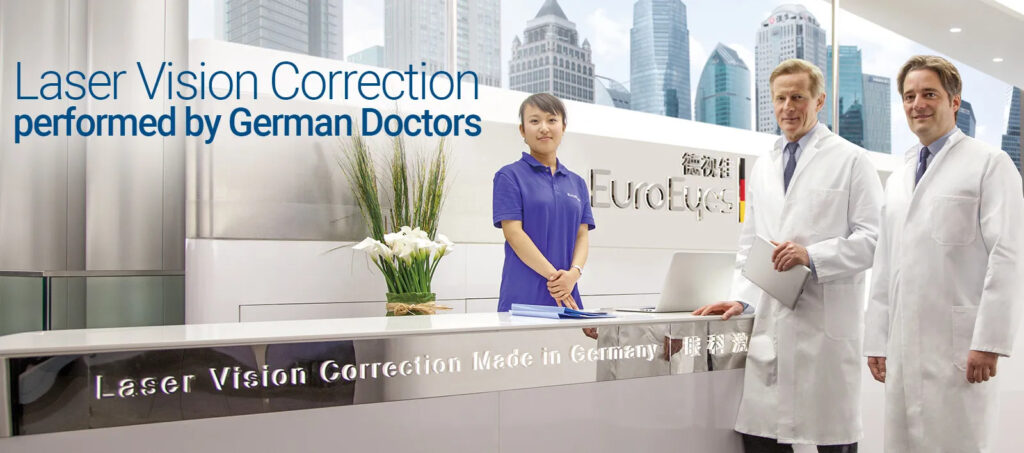Surge in Three Major Eye Diseases Linked to Blindness
In recent years, the prevalence of eye diseases leading to blindness has seen a concerning rise. With aging populations, increased screen time, and environmental factors, experts warn that conditions like glaucoma, age-related macular degeneration (AMD), and diabetic retinopathy are becoming more widespread. Understanding these diseases, their symptoms, and preventive measures is crucial to safeguarding vision.
The Rising Threat of Vision Loss
Vision impairment affects millions worldwide, and blindness is often the devastating endpoint of untreated eye diseases. According to the World Health Organization (WHO), at least 2.2 billion people suffer from some form of vision impairment, with a significant portion caused by these three conditions. Early detection and treatment can prevent severe vision loss, making awareness essential.
1. Glaucoma: The Silent Thief of Sight
What Is Glaucoma?
Glaucoma is a group of eye conditions that damage the optic nerve, often due to high intraocular pressure. It progresses silently, with no early symptoms, earning its nickname as the “silent thief of sight.” Left untreated, it can lead to irreversible blindness.
Symptoms and Risk Factors
- Gradual loss of peripheral vision (tunnel vision in advanced stages)
- Severe eye pain, headaches, and nausea (in acute angle-closure glaucoma)
- Blurred vision or halos around lights
Risk factors include:
- Age (over 60)
- Family history of glaucoma
- High eye pressure
- Diabetes or hypertension
Prevention and Treatment
Regular eye exams are critical since early-stage glaucoma often has no symptoms. Treatments include:
- Prescription eye drops to reduce pressure
- Laser therapy or surgery in advanced cases
2. Age-Related Macular Degeneration (AMD)
What Is AMD?
AMD affects the macula, the central part of the retina responsible for sharp vision. It is a leading cause of blindness in people over 50 years old. There are two types:
- Dry AMD (more common, progresses slowly)
- Wet AMD (less common but more severe, involving abnormal blood vessel growth)
Symptoms and Risk Factors
- Blurred or distorted central vision
- Difficulty recognizing faces or reading
- Dark or empty spots in the center of vision
Risk factors include:
- Smoking
- Family history of AMD
- Obesity and poor diet
- Prolonged UV exposure
Prevention and Treatment
While there is no cure for AMD, lifestyle changes can slow progression:
- Eating a diet rich in leafy greens, fish, and antioxidants
- Quitting smoking
- Wearing UV-protective sunglasses
For wet AMD, treatments include anti-VEGF injections to stop abnormal blood vessel growth.
3. Diabetic Retinopathy: A Complication of Diabetes
What Is Diabetic Retinopathy?
Diabetic retinopathy occurs when high blood sugar damages the blood vessels in the retina. It is the leading cause of blindness in working-age adults and affects nearly one-third of diabetics.
Symptoms and Risk Factors
- Floaters or dark spots in vision
- Blurred or fluctuating vision
- Difficulty seeing at night
Risk factors include:
- Poorly controlled blood sugar levels
- Long duration of diabetes
- High blood pressure or cholesterol
Prevention and Treatment
Managing diabetes is the best way to prevent diabetic retinopathy:
- Regular eye exams (annual screenings for diabetics)
- Maintaining healthy blood sugar, blood pressure, and cholesterol levels
Advanced cases may require laser treatment, injections, or surgery.
How to Protect Your Vision
While genetics play a role, proactive measures can reduce the risk of these sight-threatening diseases:
- Schedule regular comprehensive eye exams (especially after age 40)
- Maintain a healthy diet with eye-friendly nutrients (lutein, omega-3s, vitamins C and E)
- Wear protective eyewear to shield against UV rays and injuries
- Limit screen time and follow the 20-20-20 rule (every 20 minutes, look 20 feet away for 20 seconds)
Conclusion: Early Action Saves Sight
The surge in glaucoma, AMD, and diabetic retinopathy highlights the urgent need for awareness and early intervention. Many cases of blindness can be prevented with timely diagnosis and proper care. If you or a loved one are at risk, consult an eye specialist immediately—your vision is priceless.



